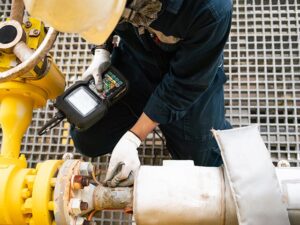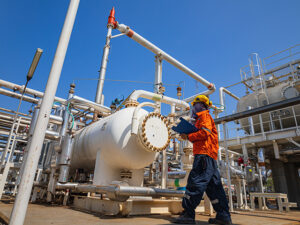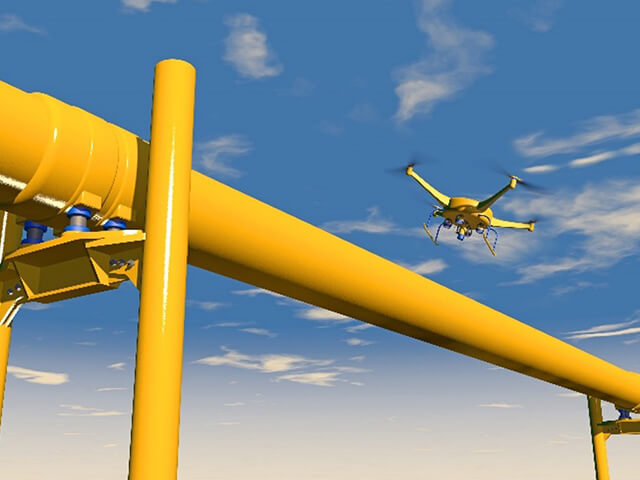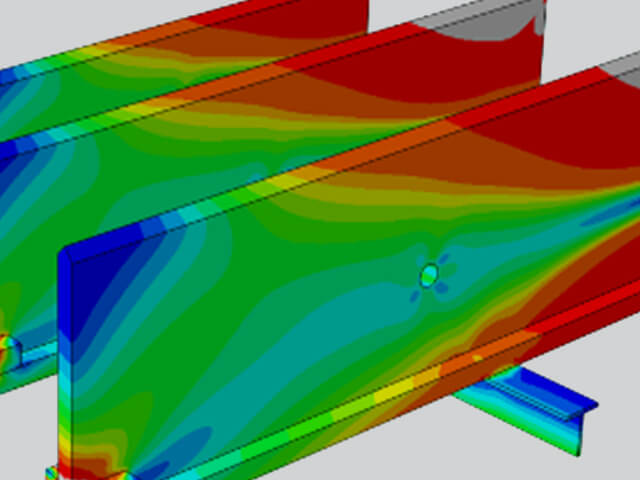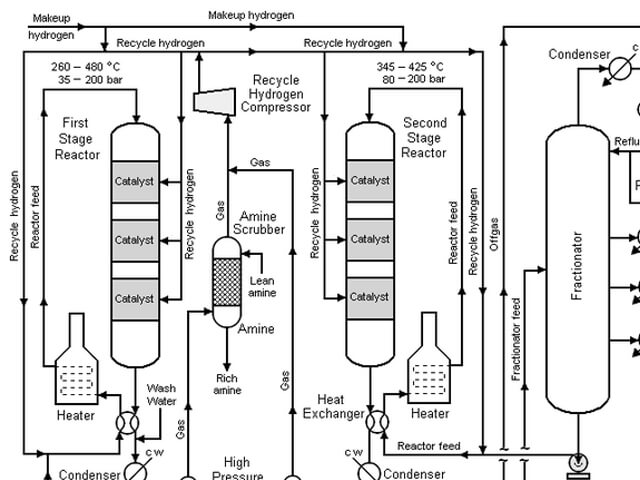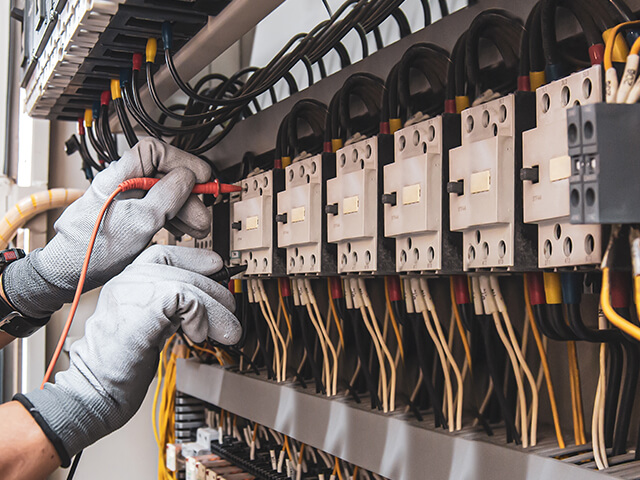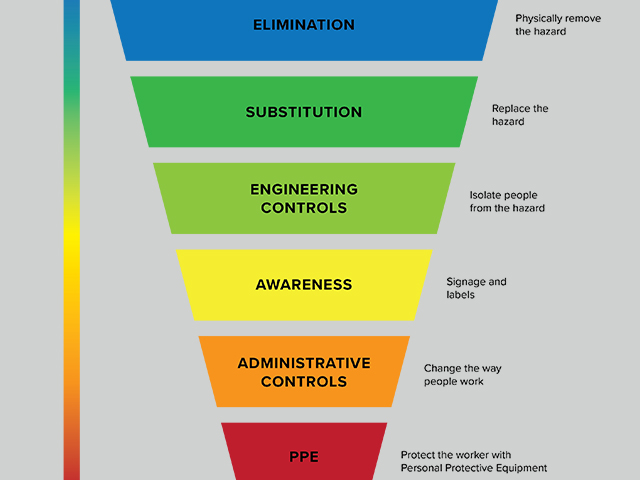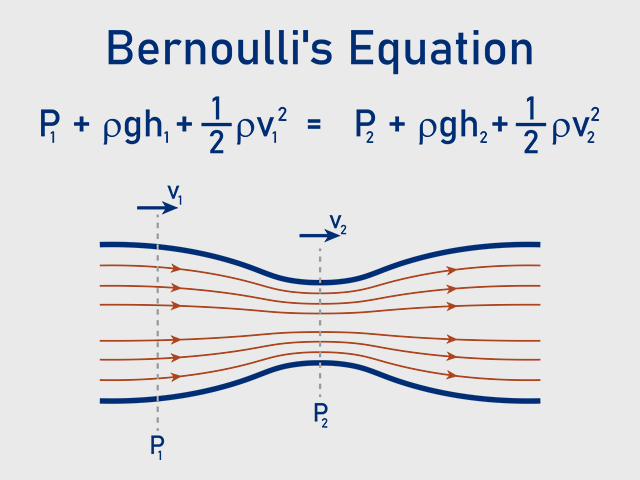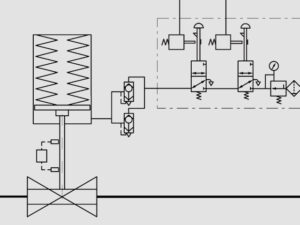
Applying High-Integrity Pressure Protection Systems (HIPPSs) in Petrochemical Plants: Reducing Overpressure Risk Through Instrumented Solutions
HIPPS are emerging as a key alternative to conventional overpressure protection in upstream and pipeline operations. In this article, the author explores how HIPPS improves safety, reduces emissions, and addresses the limitations of traditional pressure relief methods.
